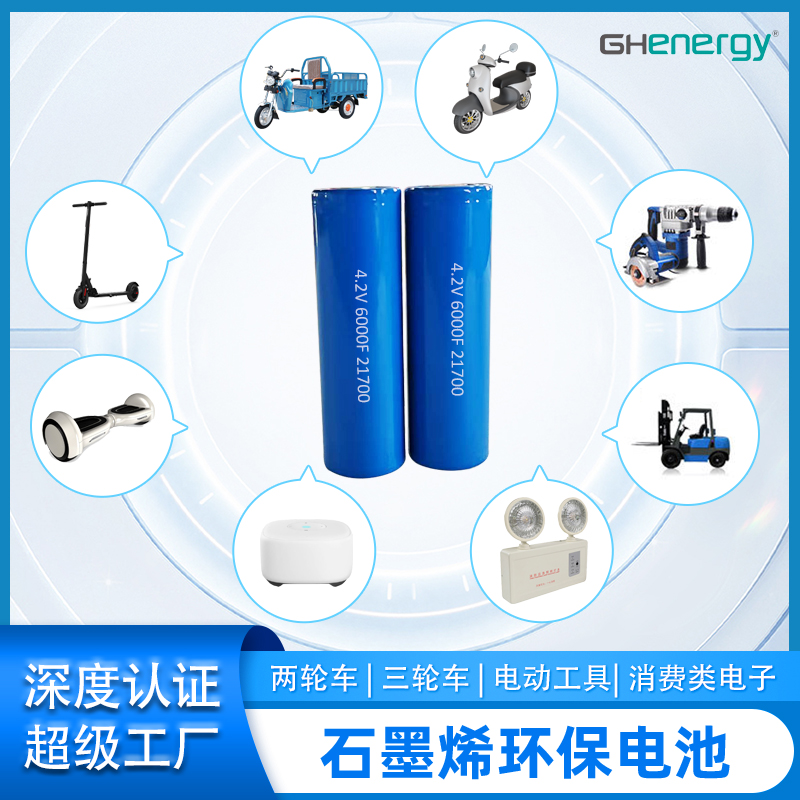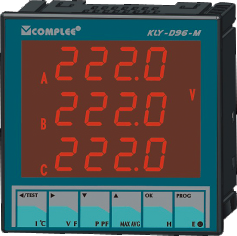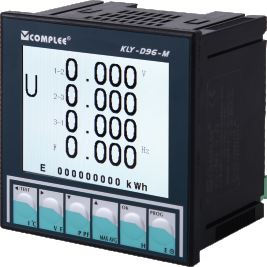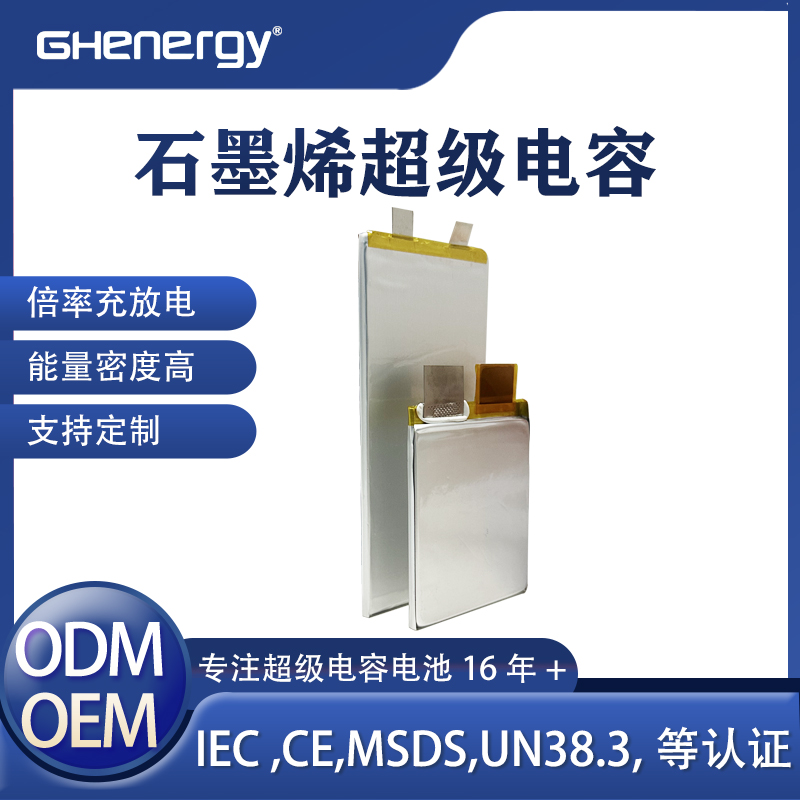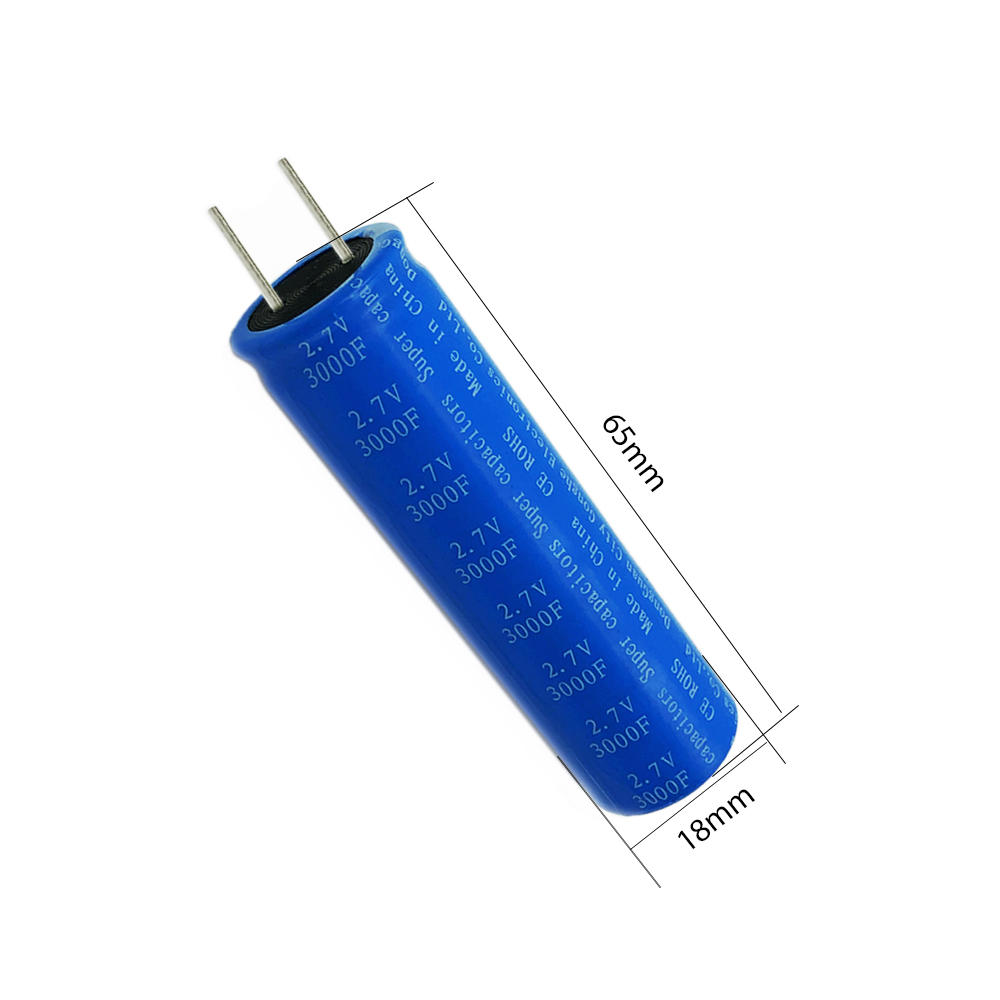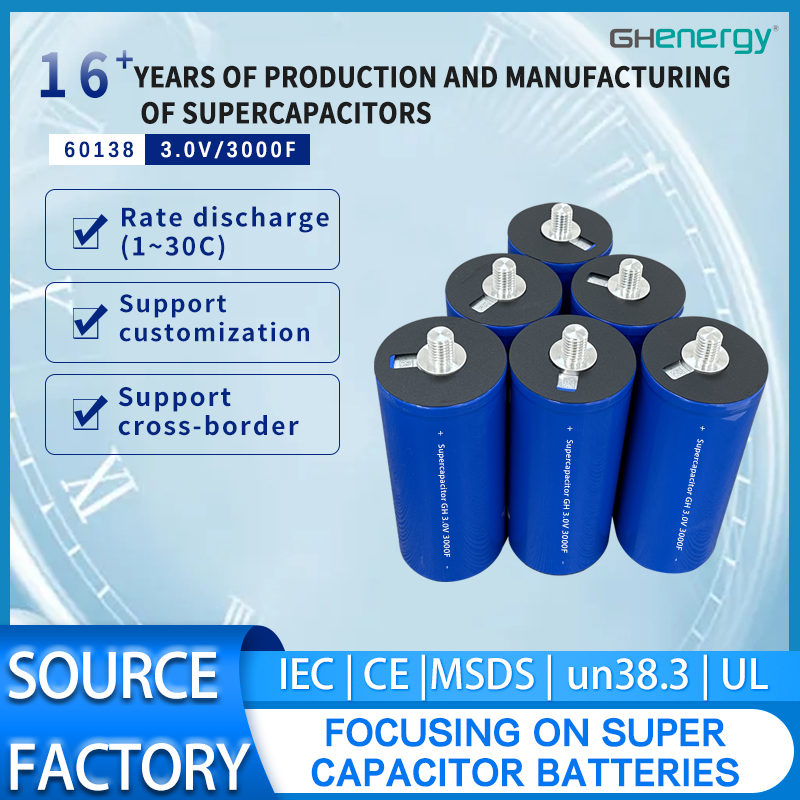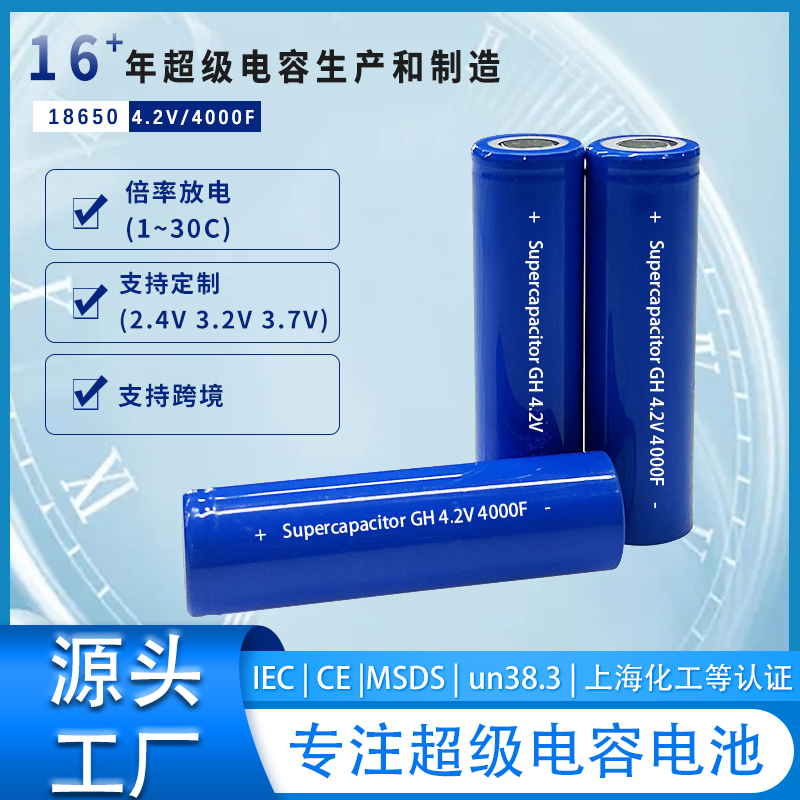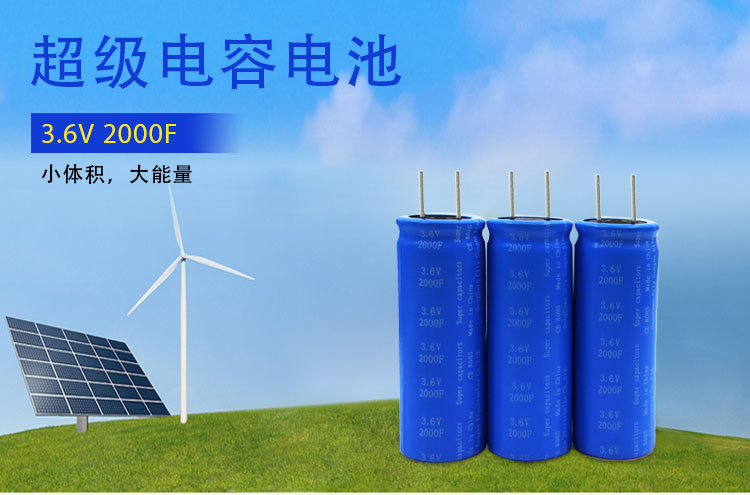Wedoany.com Report-Nov 22, During the European Hydrogen Week, the results of Tex2Energy on energy generation from used clothing and the H2Enry network of excellence were presented.
Within the framework of the European Hydrogen Week , the Institute of Energy Technology (ITE) increases its commitment to the research and development of innovative solutions for the use of renewable hydrogen as an energy vector. Tex2Energy and the H2Enry excellence network are two of the most innovative projects that the ITE is working on and that are marking a milestone in this area , both focused on the production and application of renewable hydrogen in different industrial sectors.
Firstly, the Cervera H2Enry Network, which has been running for a few months, focuses on the development of materials and components for renewable hydrogen production equipment through disruptive routes, as well as the development of digital tools for optimising the design and efficiency of hydrogen production processes in industrial environments. This Network, made up of 5 Technology Centres (CIDAUT, AICIA, ITE, EnergyLab and LEITAT), seeks to develop cutting-edge technology to store and distribute sustainably produced hydrogen, taking advantage of the experience and capabilities of each of the organisations in their field. This project is funded by the 2023 call for the accreditation and grant- aid procedure for Technological Centres of Excellence “CERVERA”, within the framework of the 2021-2023 state plan for scientific, technical and innovation research and the recovery, transformation and resilience plan – funded by the European Union-NextGenerationEU , file CER-20231027.
In the case of ITE, within the Network of Excellence, the general objective is to strengthen its research and development capabilities for ion exchange membranes for hydrogen production, advanced materials for use in hydrogen gas storage systems, evaluation of the mechanisms of degradation and deterioration of components in hydrogen production and storage, and development of a digital tool that integrates simulation and calculation processes for the different hydrogen production technologies . ITE will contribute to the Network its technological capabilities, knowledge and research experience with the aim of improving the technologies that will be addressed in the Network: hydrogen production and storage.
On the other hand, Tex2Energy is a pioneering project that addresses the problem of non-recyclable textile waste, generated largely by the fashion sector. Tex2Energy transforms complex textile waste into hydrogen-rich synthesis gas through a thermochemical valorisation process. This hydrogen is used in a solid oxide fuel cell (SOFC), allowing not only the generation of energy but also a sustainable solution to reduce the volume of textile waste and the associated CO2 emissions.
Through this process, Tex2Energy achieves energy utilization of heterogeneous and difficult-to-recycle textile materials, contributing to industrial sustainability. Recently, the proof of concept of the new technology to obtain energy from hydrogen production through the thermochemical transformation of different types of textile waste, mainly cotton and polyester, has been validated. In this way, a waste that is problematic is valorized and its accumulation in landfills is avoided.
ITE is making progress in the validation of this technology for its scalability at an industrial level, helping the textile industry to comply with the regulations that prohibit the disposal of textile waste in landfills. This project has the support of the Generalitat Valenciana through the Generalitat's regulatory subsidy agreement, through the Ministry of Innovation, Industry, Trade and Tourism and the Technological Institute of Energy (ITE), for aid to the IITT for innovation projects in collaboration with companies within the framework of smart specialization, during the year 2024.
The Energy Technology Institute is strengthening its role as a benchmark in the development of renewable hydrogen technologies, in line with the decarbonisation objectives of the European Union , and continues to work in collaboration with companies and public bodies, promoting solutions that foster a transition towards a more sustainable and clean energy model.
